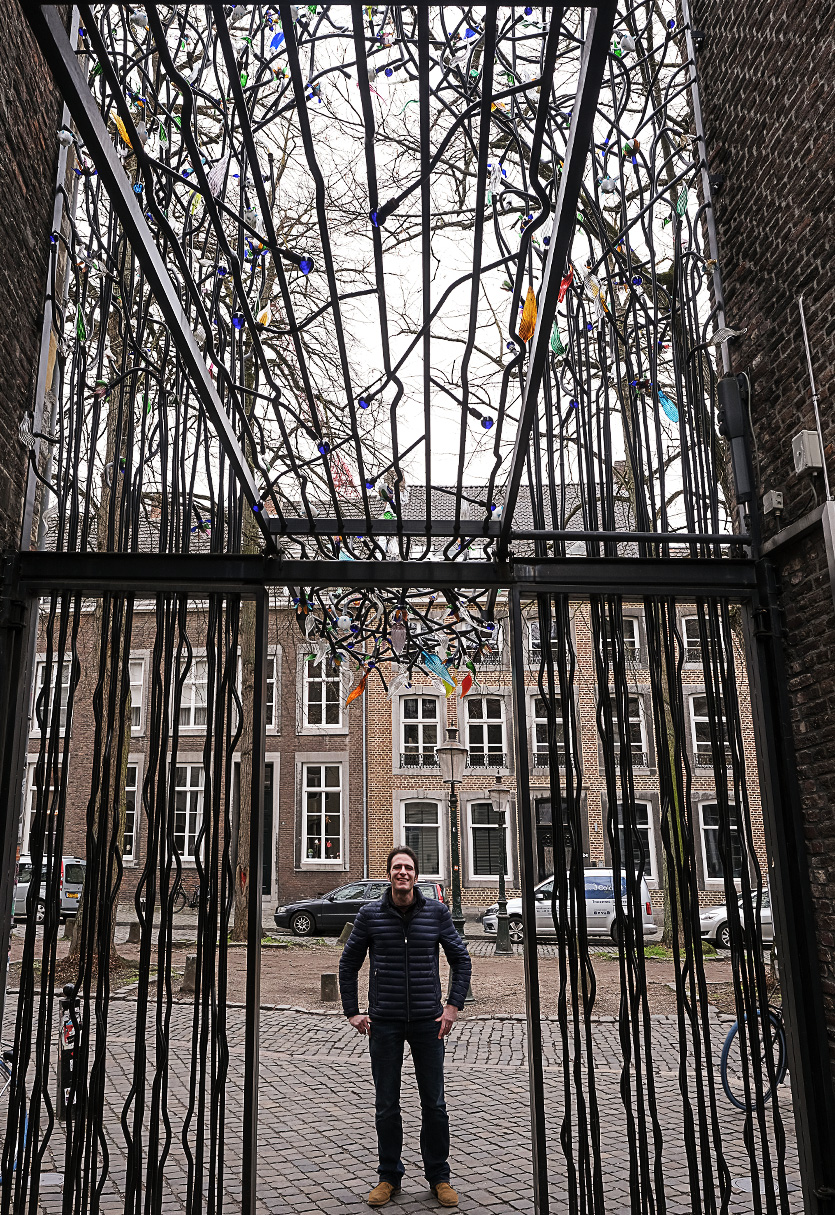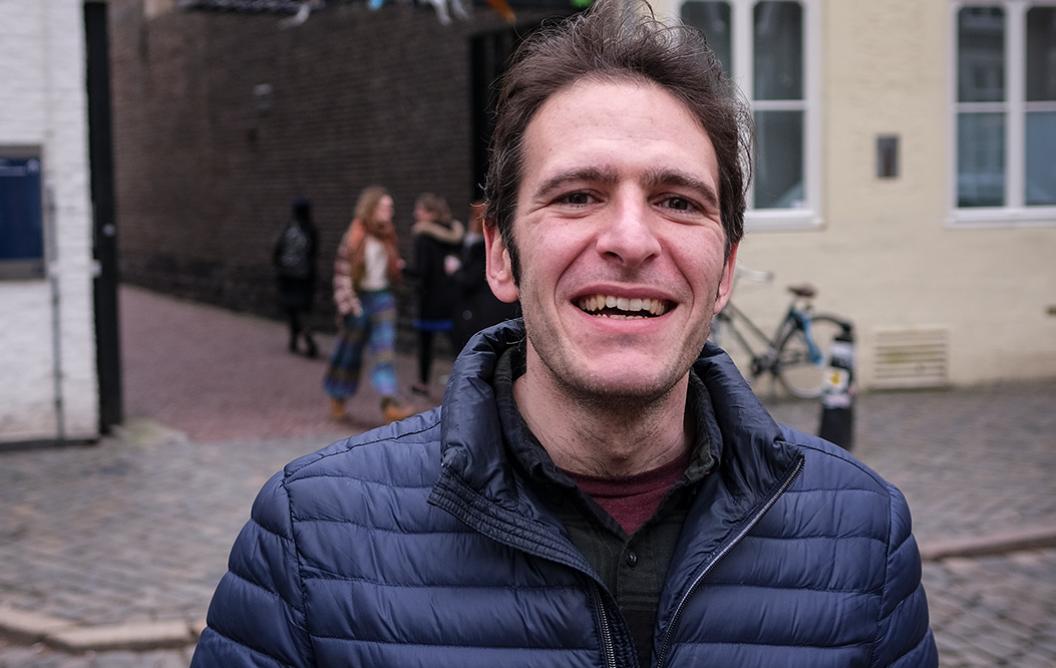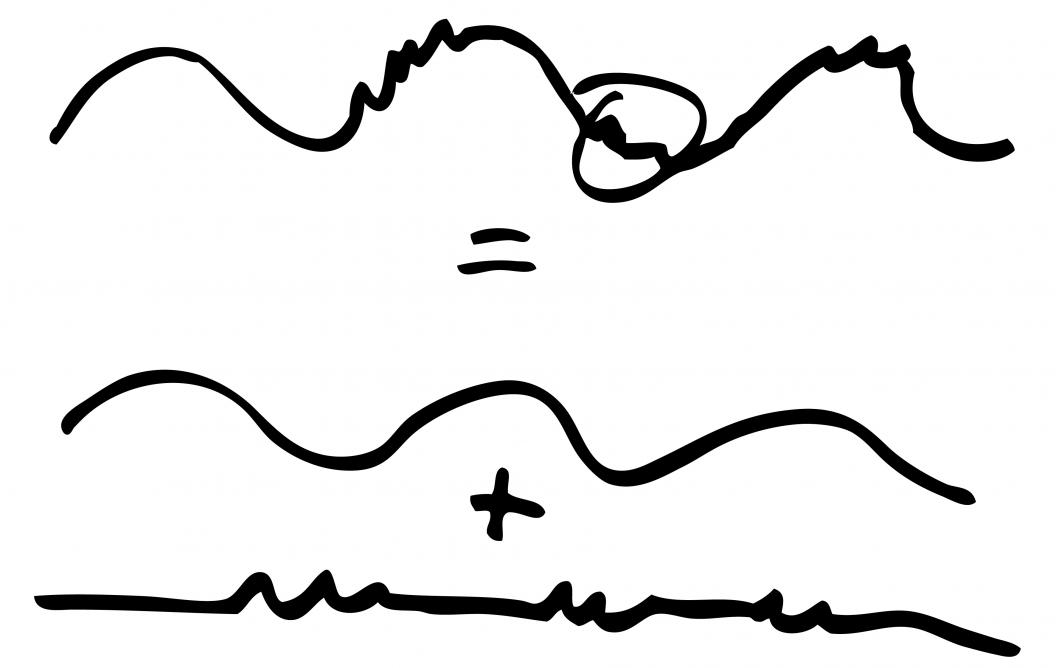Hiding in plain sight
Signals are everywhere, and they contain a lot of information. However, it is not so easy to see or to extract this information.

Data knows best
Bonizzi’s solution is data-driven: it takes all the information it needs from the data itself, rather than from human – and possibly biased – input. “When you use the software, you don’t need to adjust any settings. You give it a signal, and the settings are automatically defined by the algorithm. It adapts itself. For example, it figures out when to stop on its own: when the decomposition gets to the noise level, where there are no more building blocks to find, it won’t go further.”
Beyond the brain
The signal-disentangling software is freely accessible online. Although it is frequently and happily used by neuroscientists, Bonizzi continues to work on the project. He’s currently adapting the method to work with different kinds of signals from different disciplines, such as physics. “I mean… I like signals,” Bonizzi sighs. “I don’t know why, it just makes me happy. I see it as a challenge to make sense of signals. I see one, and I think: ok, if there is information in it, we can extract it.” He laughs: “If we are not able to extract it, that means it’s not there. Or, you know, we still don’t know how to do it. That’s the challenge.”
The gate to the university library is an entangled mess of branches and colourful plumes when you look up. However, those branches start out as orderly stems near the bottom of the gate.
It is a great metaphor for what Bonizzi strives for. Real-world signals usually present themselves just as entangled as the top part of the gate. How many branches are there? Were they originally grouped? Did they enter the mix in a certain order? Those questions are very difficult to answer, until the branches become straightened out and ordered towards the bottom. Bonizzi’s software helps the interpretation of mixed-up signals by breaking them down in a similar way.
Entrance Inner City Library
Grote Looiersstraat 17
6211 JH, Maastricht



